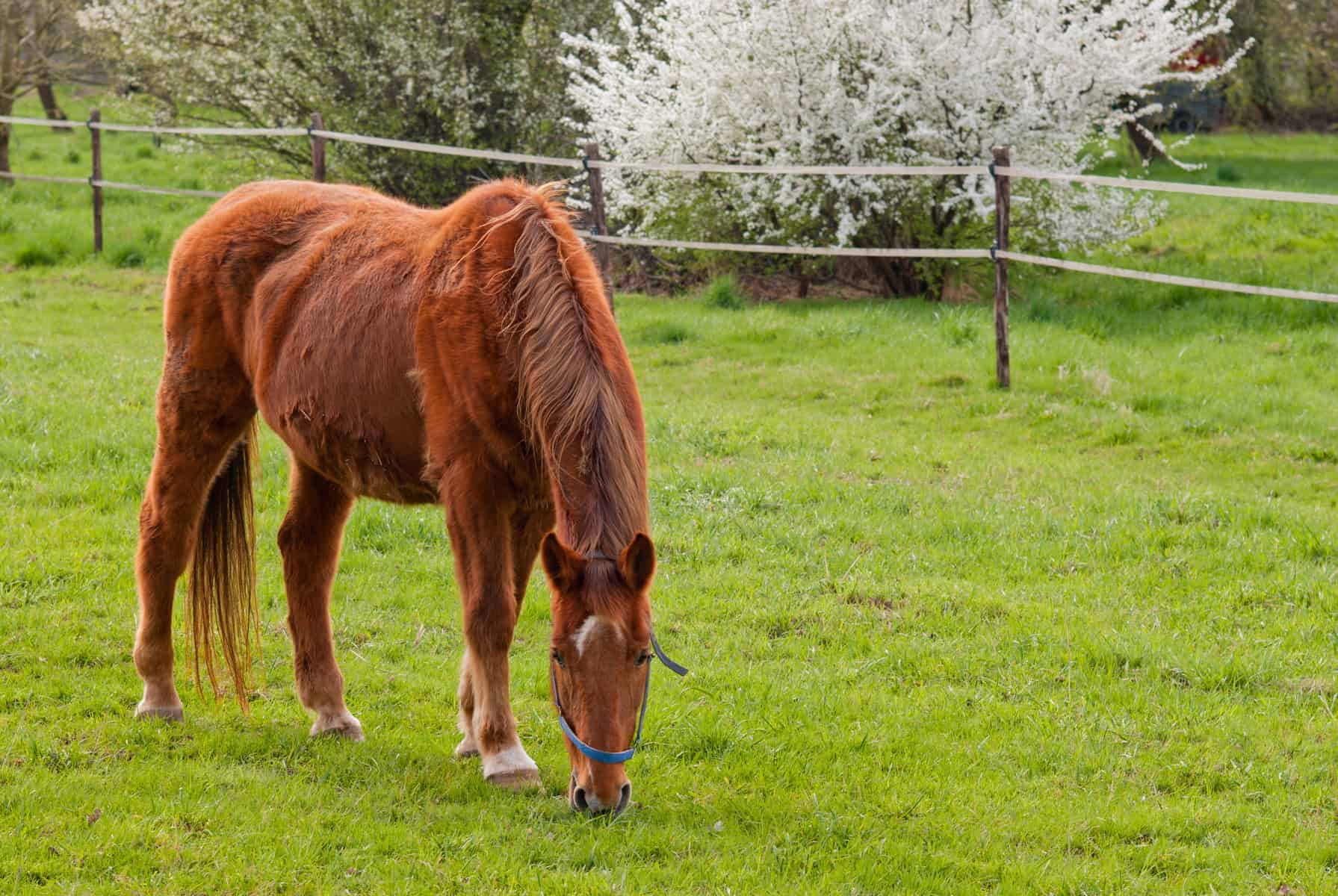Decreased Bone Density and PPID in Horses: Is There a Link?

Horses with pituitary pars intermedia dysfunction (PPID) are easy to identify, right? They’re the ones with long hair coats that don’t shed normally. But this hypertrichosis isn’t the only side effect PPID horses must deal with; researchers know they’re also more prone to recurrent infections, laminitis, muscle wasting, and more. In recent years, veterinarians have started observing pathologic fractures, which are caused by a weak bone structure, in horses with PPID. As such, they sought to determine whether there’s a link between decreased bone thickness and/or decreased bone density and PPID.
Hal Schott, DVM, PhD, Dipl. ACVIM, professor of large animal clinical sciences at Michigan State University’s College of Veterinary Medicine, and colleagues evaluated this theory recently. He shared their findings at the 2018 American College of Veterinary Internal Medicine Forum, held June 14-16 in Seattle, Washington.
The research team compared third metacarpal (front cannon bone) cortical bone (the hard outer layer) thickness and bone density in aged horses with PPID (PPID+, nine horses), aged horses without PPID (PPID-, six horses), and horses younger than 8 (YOUNG, five horses. After horses were euthanized as part of another PPID-related study, the researchers conducted CT scans on their right third metacarpals to identify the bone thickness and density at four points on the bone
Create a free account with TheHorse.com to view this content.
TheHorse.com is home to thousands of free articles about horse health care. In order to access some of our exclusive free content, you must be signed into TheHorse.com.
Start your free account today!
Already have an account?
and continue reading.

Written by:
Erica Larson
Related Articles
Stay on top of the most recent Horse Health news with











